In an era which is quickly becoming dominated by IoT platforms, new technologies emerge daily. Raspberry Pi devices offer low cost hardware which is easily combined with opensource software and debugging experts worldwide, making them extremely popular. Our born-in-Europe Industrial Raspberry Pi was developed in reply to our customers’ desire to quickly deploy the latest of Pi-based IoT technologies at manufacturing sites.
Raspberry Pi as an IoT Platform
As we all know, Raspberry Pis are the most commercially successful single-board, palm-sized computer in history. Over 20 million Pis have already sold worldwide, with over 800,000 devices sold annually in Japan, which is more than the number of programmable logic controllers (PLC) sold annually (around 600,000). There are three main advantages of using a Raspberry Pi: a large variety of open source software, an open source Linux OS, and an extremely low-cost, ARM-based hardware. In university labs and R&D divisions at manufactures, open source software such as OpenCV, Scipy, Tensorflow, or robot operating systems (ROS) play important role in engineering research. Being able to run state-of-the-art software tools and applications makes Raspberry Pis the most suitable hardware for easily deploying the latest IoT technology. The vast library of knowledge compiled on the Internet by worldwide Pi experts is another reason why Raspberry Pis maintain their dominance as an IoT platform.
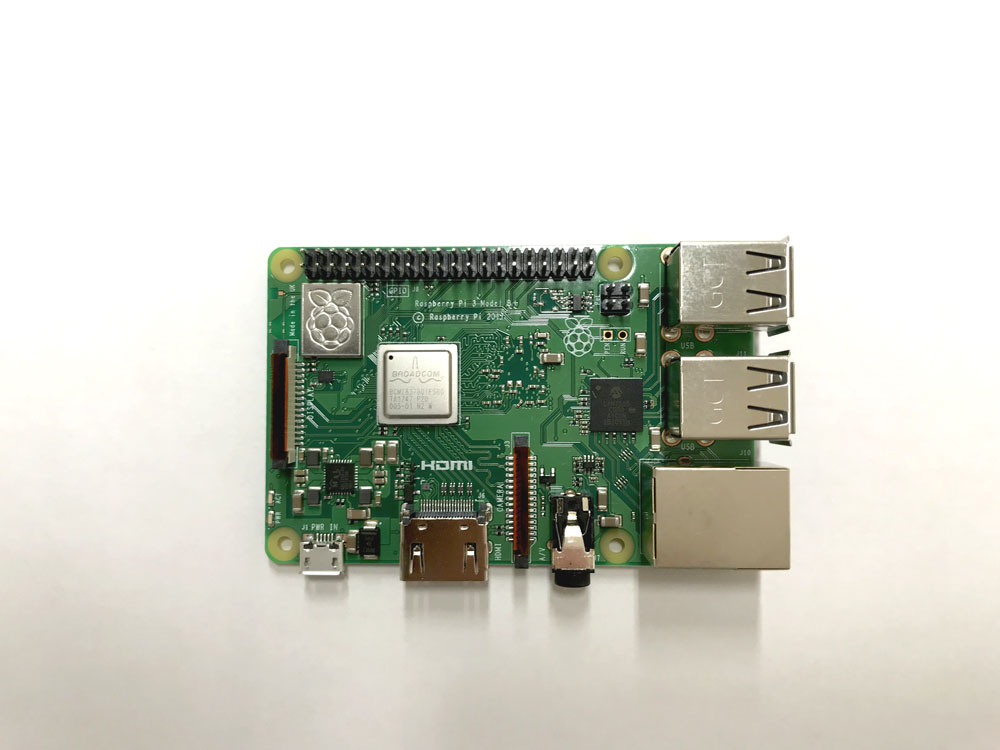
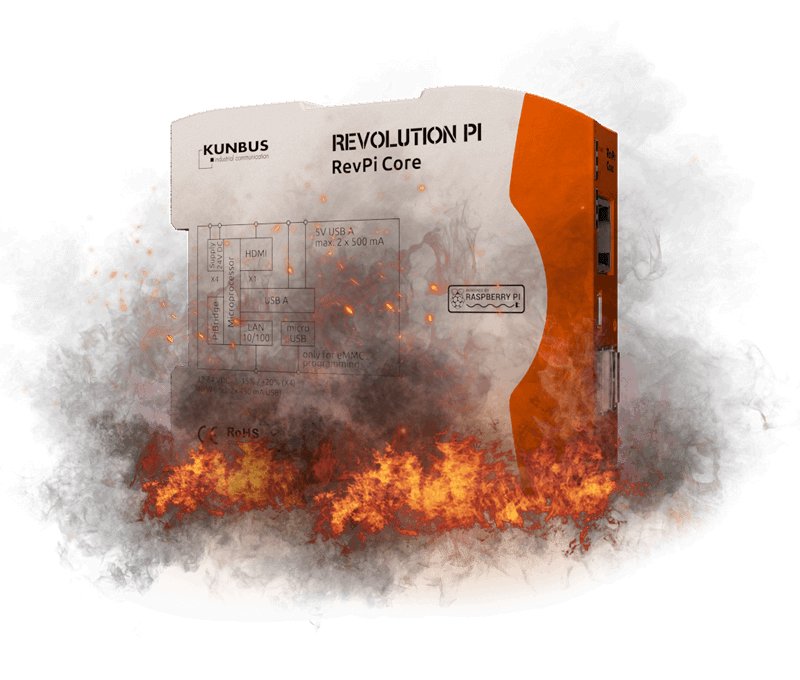
What is an “Industrial” Raspberry Pi?
Normal Raspberry Pis are sold online for US$50-100. They are PCB board products powered by USB cable, which means they regularly overheat if they are run 24/7. Customers wanted a sturdier version of the Raspberry Pi, which we have dubbed “industrial grade”. Our Industrial Raspberry Pis fully utilize Raspberry Pi software and related intellectual assets as found on the Internet while also being able to operate continuously in harsh environments, fulfilling necessary industrial standards.
Two Types of Industrial Raspberry Pis
Our first version is the RevPi 3 which has a plastic IP20 housing. Over 1000 RevPi 3s have been delivered and are running at various production sites. With a price under US$300, the RevPi3, as an ultra-small computer which can be DIN-rail mounted in a control cabinet and driven by DC24V, is suitable for traceability data collection, data exchange with a PLC, or displaying production status on large screens. Its sister, the RevPi Connect, comes with additional LAN ports and RS485 interface. By connecting DIO or AIO modules, the RevPi3 can handle 24VDC control signal like a PLC.
Our second Industrial Raspberry Pi, the MICA-R, has an IP65 metal housing, equips a Raspberry Pi 3 compute module, and is a variation of the original Debian-based MICA which has been used in railway applications in Japan. Thanks to its excellent heat dispersion, the MICA-R can be continuously operated, while the IP65 housing enables the MICA-R to be installed outside a control cabinet or even outdoors. The biggest advantage of the MICA-R is the custom board on the left side of the device. Manufacturing IoT platforms often requires the Raspberry Pi to connect to sensors, actuator, or external systems. By developing a custom board with necessary external interfaces, the MICA-R can be a unique all-in-one IoT gateway or open controller. We offer various custom board options for the MICA-R already, but we also accept requests to develop new custom boards at affordable costs.
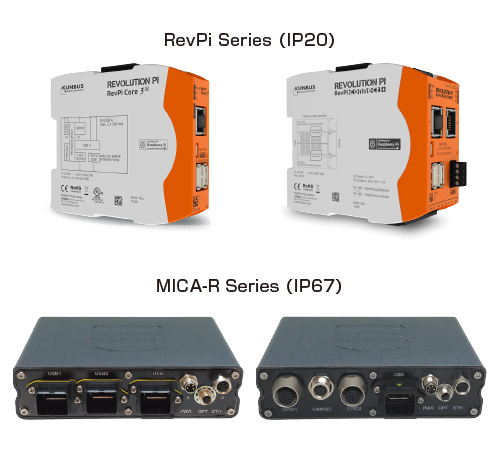
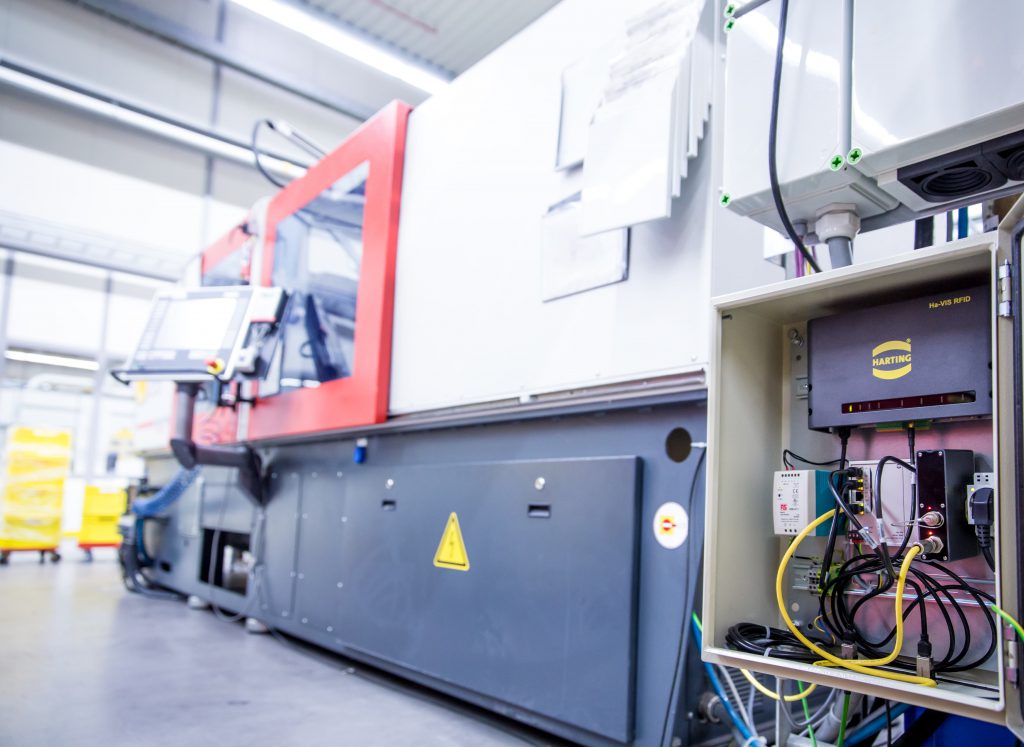
The Ideal Edge Computer
For edge computing many production engineers have replaced Windows-based industrial PCs with Industrial Raspberry Pis. This often provides significant savings, but in addition, for example, open source software NodeRED can quickly design and deploy complicated data mappings. Using CODESYS, which only costs €50, our Industrial Raspberry Pis can easily communicate with PLCs via Ethernet/IP or EtherCAT. Other benefits include the fact that the custom board on the MICA-R broadens interface options including 4-20mA or IO-Link, which are almost impossible for industrial PCs to handle. For further examples, please refer to our application page.
STM32 Microcontroller and Industrial Raspberry Pi Integration
Inexpensive, European microcontrollers like the Arduino or STM32, which are other main players in the IoT world, can directly drive sensors and actuators with a very fast sampling rate. Major microcontrollers have recently begun to offer a user-friendly programming environment, or integrated development environment (IDE), allowing them to be widely used in electronics classes or high school robot competitions. Our Industrial Raspberry Pi, the MICA-R, has an optional custom board with an ARM-based, high-performance microcontroller, the STM32-F4. Combining I/O processing by the STM32 and complicated data processing and presentation by the Raspberry Pi, the MICA-R can be used in many fields. For example, automated guided vehicles (AGVs) which normally require industrial PCs and PLCs, can be driven only by this MICA-R STM32 CONTROL which costs less than US$500. In addition, sophisticated open source engineering middleware such as ROS can also run on Industrial Raspberry Pis for decentralized collaborative control of multiple AGVs.
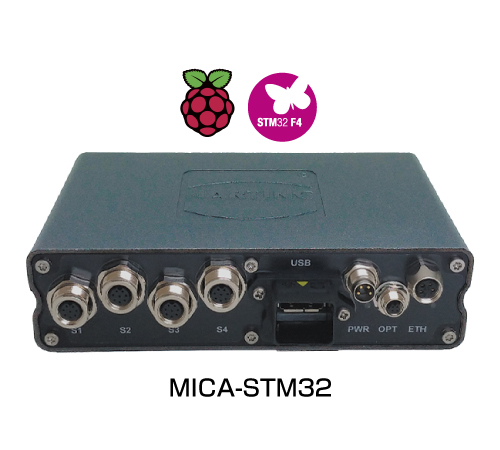
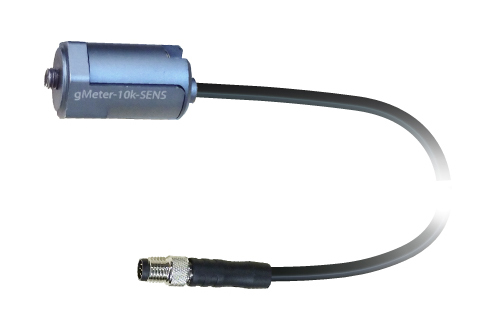
Measurement Innovation Combining MEMS chips and Industrial Raspberry Pis
Microelectromechanical systems (MEMS) are IC chips which integrates mechanical sensor elements. Widely used in mobile phones, home appliances, and cars, MEMS contribute to significant size and cost reduction of sensors. While time-of-flight collision sensors for cars and gyroscopes to detect angles of phones are well known, emerging MEMS technologies included doppler sensors to accurately measure speed and gas sensors which detect specific toxic gases. Both have uses in industrial applications. As both MEMS and the above-mentioned microcontrollers are IC chips, these two are easily combined. For example, our new acceleration sensor with the latest 20kHz MEMS accelerometer can directly connect to a MICA-R STM32 SENSOR without any converters. Combining MEMS sensors, a micro-controller, and an Industrial Raspberry Pi results in a high-end, industrial, economic, IoT measurement system.

